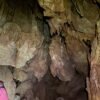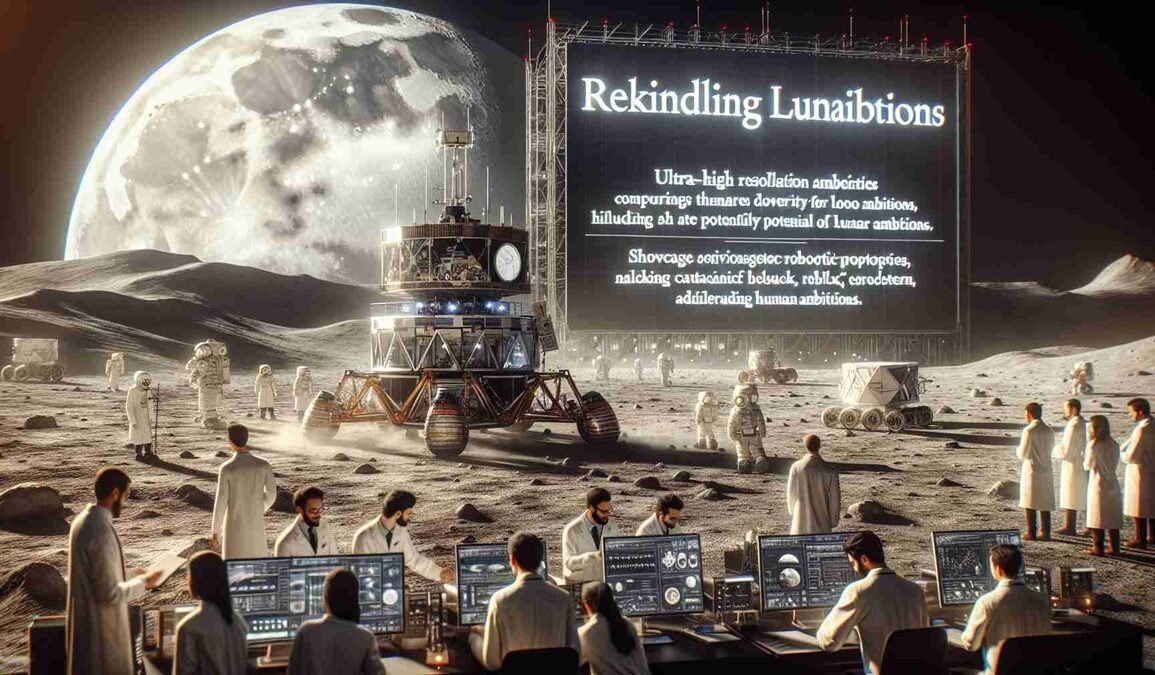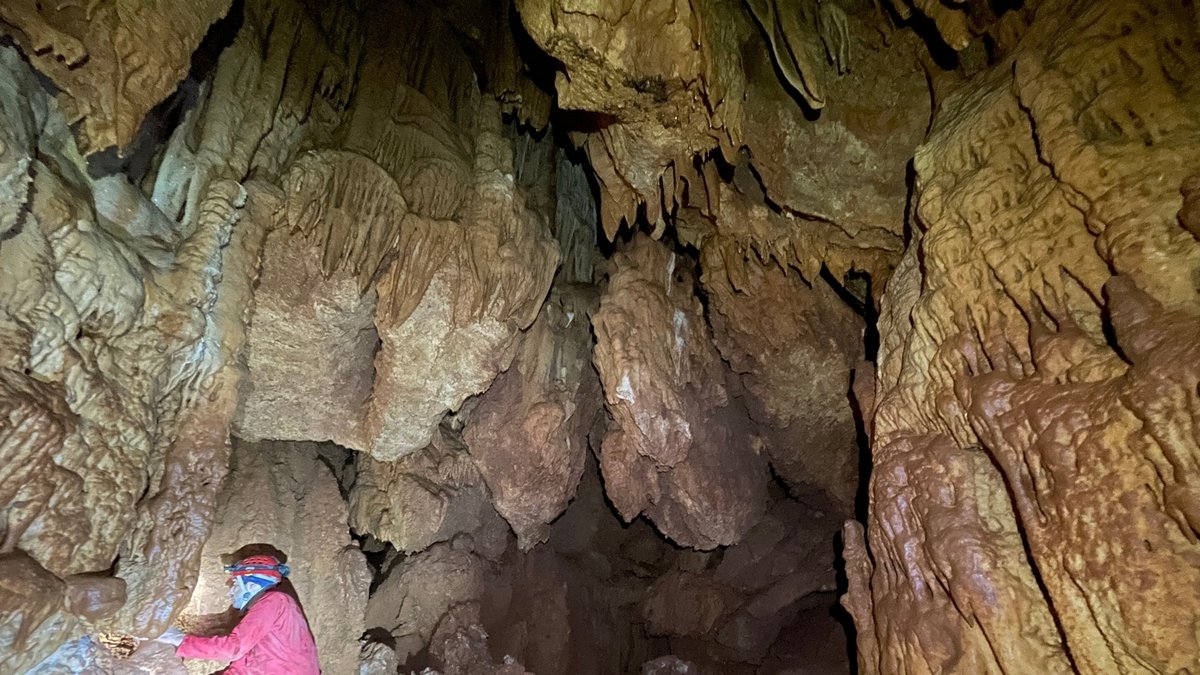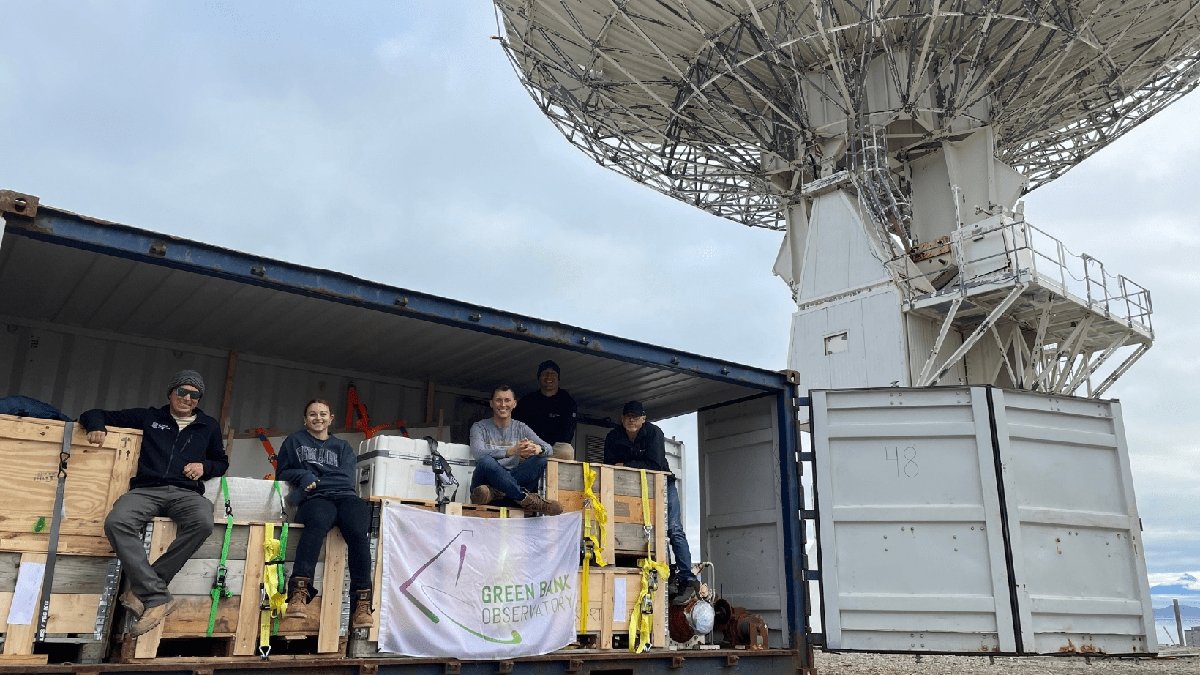The Cutting-Edge Research of Astrolith in Lunar Exploration
Our sources confirm that in the vanguard of moon exploration and habitation, Astrolith, a research unit located at Polytechnique Montréal, is making significant strides. The unit, overseen by engineering professor Giovanni Beltrame, comprises 18 professors who bring a wide array of specialist knowledge to this revolutionary project.
Astrolith Spearheading Lunar Engineering
The fundamental purpose of the Astrolith team is to accelerate advancements in lunar engineering, paving the way for enduring human habitation on the moon and perhaps even existence beyond that. Among their focal areas is the modification of computing technology and software to efficiently operate assorted exploratory devices, such as drones and robotics. This tech progression could contribute monumentally to future lunar explorations and settlement.
The Model of Moon Mining: A Path to Sustainable Future
Beltrame envisions a future where the moon is a vital source for mining operations to build settlements. In his viewpoint, mining in space could possibly present much less environmental damage compared to our planet’s mining procedures. While the thought of moon mining is relatively unexplored, it is gradually building a following in space exploration circles, and the developments brought forth by Astrolith could significantly aid in rendering it a reality.
Technological Trailblazers: Astrolith’s Revolutionary Work
Astrolith is currently on the development front of several pioneering technologies, including state-of-the-art sensors and 3D mapping technology. These technological advances are likely to be vital in surveying and colonizing lunar terrains, offering valuable data for the building of moon-based habitats and infrastructures.
Inspiring a New Generation with Lunar Dreams
Beyond it’s expert faculty, the Astrolith team is made up of budding master’s and doctoral students, eager to add their contributions to the lunar mission endeavours that encouraged NASA’s 1960’s vision. An aspiring lunar inhabitant, doctoral student Guillaume Ricard, represents the passion and commitment flowing through the Astrolith unit. Clearly, Astrolith is driven by their research endeavours, and are keen on propelling us into a new era of space exploration.














